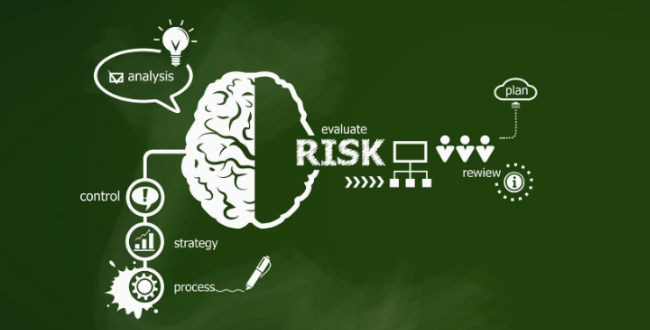Irrational Optimism in Risk Analysis
“Optimism is the madness of insisting that all is well when we are miserable.” – Voltaire
In case you happened across this post before reading the first post in this series, check that one out. This post will be here when you are done.
Now, as Kahneman taught us decades ago, there is bias in the qualitative portion of risk assessments. However, Dr. Gui Ponce de Leon and Dr. Vivek Puri have recently discovered that there is a substantial optimistic bias baked into the supposedly “scientific” portion of a risk analysis.
Up to now, all schedule risk analyses have been performed based on a Critical Path Method (CPM) Schedule. A CPM is calculated in such a way that each and every activity in the model will start on the earliest possible date; that’s just the way CPM works. However, that is not how projects work! I’ve polled hundreds of planners and project managers and have yet to find a single instance where a project completed and each activity started on the earliest possible date. In a real world project, as one part of the project gets behind schedule, other parts of the project float or pace to adjust. A CPM schedule risk analysis is not capable of modeling this real world behavior.
Hey, Schedule Risk Analysis – Your Math is Wrong
“Pure mathematics is, in its way, the poetry of logical ideas.” – Albert Einstein
Many believe that Einstein struggled with math, but that is a myth. In fact, he excelled in mathematics from a very young age. I imagine Einstein working on countless equations in a large room filled with chalkboards, hands covered in chalk as his greatest mathematical contributions poured from his mind, only for many benefactors to forsake them!
Despite the fact that math is generally a logical science, the art of estimation has never been further from accuracy than it is in the arena of planning and scheduling. There is a reason for this.
Read More


